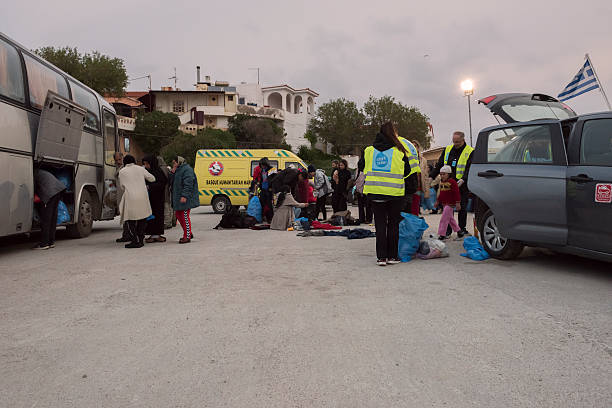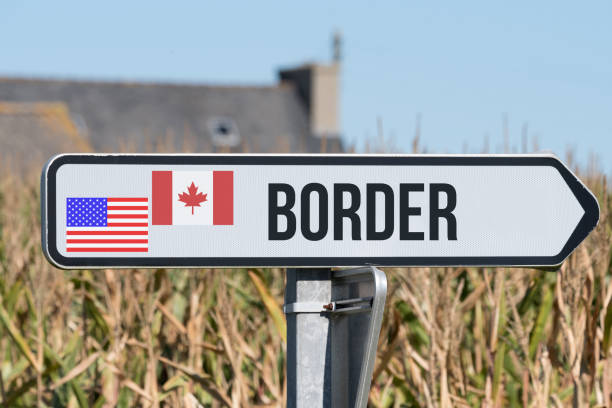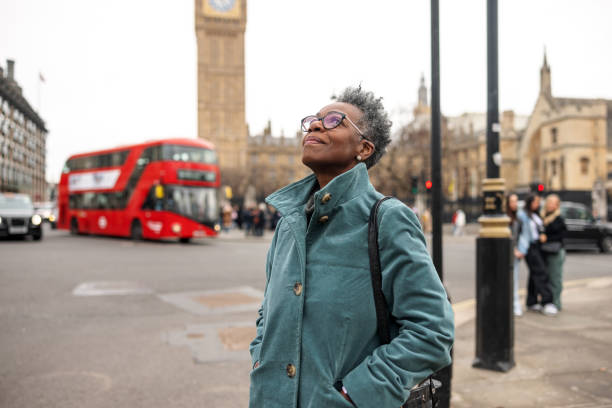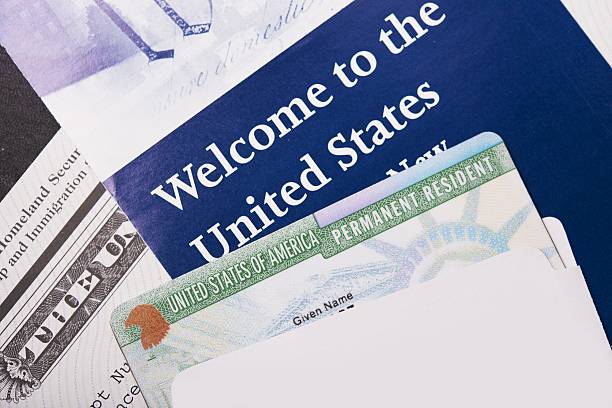The Plight of Asylum Seekers in Canada: An In-Depth Analysis
Canada has long been regarded as a welcoming haven for those fleeing persecution, conflict, and human rights abuses. As one of the top destinations for asylum seekers worldwide, Canada provides a safe space where individuals can rebuild their lives. However, the journey to secure asylum in Canada is often complex and challenging, involving multiple legal hurdles and waiting periods.
Asylum seekers face various obstacles, including navigating Canada’s rigorous asylum process and adjusting to life in a new country. This article explores the plight of asylum seekers in Canada, differentiates between asylum seekers, refugees, and immigrants, and highlights the Canadian resettlement programs that offer pathways to safety and security.
Who is an Asylum Seeker?
An asylum seeker is an individual who has fled their home country due to fear of persecution, war, or violence and is seeking protection in another country. Unlike refugees, whose status is officially recognized by the United Nations or host governments, asylum seekers are individuals awaiting a decision on their request for protection.
The reasons for seeking asylum often include threats of harm due to race, religion, nationality, political opinions, or membership in particular social groups. For many, returning home is simply not an option, and they look to countries like Canada as a beacon of hope for safety and stability.

Asylum Seekers vs. Refugees vs. Immigrants
Understanding the distinctions between asylum seekers, refugees, and immigrants is crucial for grasping the various levels of protection offered by Canada.
- Asylum Seekers: These individuals arrive in Canada (or at its borders) and submit an asylum claim, asking for the right to remain in the country under Canada’s protection. The process for asylum status includes rigorous assessments to determine eligibility, and until their claim is accepted, they hold a unique legal status with limited benefits.
- Refugees: Refugees are individuals who have been forced to leave their country due to persecution, conflict, or violence and have received official recognition of their refugee status from the United Nations High Commissioner for Refugees (UNHCR) or a host country. Refugees are often resettled in Canada through government programs or sponsorship by private groups, receiving more immediate benefits and a clearer pathway to permanent residency.
- Immigrants: In contrast, immigrants move to a new country voluntarily, often for economic opportunities, family reunification, or education. They apply for residency or citizenship through established immigration channels rather than through a protection-based asylum process. Immigrants do not require protection under refugee laws and typically enter Canada with clear legal status and more extensive rights than asylum seekers.
| Aspect | Asylum Seekers | Refugees | Immigrants |
| Entry Process | Submit claim upon arrival or within Canada | Recognized by UNHCR or Canadian programs | Apply through immigration programs |
| Legal Status | Temporary, awaiting decision | Protected status granted by Canada | Full legal rights based on visa |
| Reason for Entry | Protection from persecution | Protection from persecution | Economic opportunity, family |
| Path to Residency | Limited, based on claim outcome | Often resettled with support | Typically through visa applications |

Canada’s Asylum Process
For those seeking refuge in Canada, the asylum process is a lifeline. Canada offers two primary entry points for individuals wishing to file an asylum claim: at the border and from within the country. Here’s a breakdown of how the process works:
- Making a Claim: Asylum seekers can make a claim at a Canadian port of entry, such as an airport or land border, or file their claim from within Canada at a designated Immigration, Refugees, and Citizenship Canada (IRCC) office. Each claim is reviewed to determine if it meets the eligibility requirements outlined in Canada’s Immigration and Refugee Protection Act (IRPA).
- Eligibility and Security Screening: Each asylum seeker undergoes a security and identity check to confirm they meet eligibility standards. Canada does not process claims for individuals who already received protection in another safe country (referred to as the Safe Third Country Agreement with the United States). However, there are exceptions for those with family ties in Canada.
- The Immigration and Refugee Board (IRB): If deemed eligible, the claim is referred to the IRB, an independent tribunal that evaluates claims based on a claimant’s fears and experiences. The IRB conducts a hearing where the claimant must present evidence and documentation that support their need for protection. This part of the process can be lengthy, with some claimants waiting months or even years for a decision due to high demand and case backlogs.
- Decision and Outcomes: If the IRB grants protection, the asylum seeker is recognized as a refugee, allowing them to apply for permanent residency. If the claim is denied, there are options to appeal the decision or seek judicial review, although success rates vary, and the legal process can be complex and costly.
Challenges Faced by Asylum Seekers in Canada
While Canada is known for its robust refugee and asylum policies, asylum seekers still face significant challenges that complicate their journey to safety and stability.
- Backlogs and Delays: High demand and limited resources often create bottlenecks in the asylum process, leading to long waiting periods for hearings and decisions. These delays cause significant stress for claimants, who remain in limbo, uncertain of their future.
- Mental Health Struggles: Many asylum seekers have fled traumatic situations, facing violence, threats, or severe human rights abuses. The ongoing uncertainty surrounding their legal status, combined with the challenges of adapting to a new culture, can exacerbate mental health issues. Limited access to mental health services adds to these struggles.
- Legal and Financial Barriers: Asylum seekers often require legal representation to navigate Canada’s complex refugee system, but access to legal aid can be limited depending on the province. Additionally, many claimants are not authorized to work while their claims are processed, leading to financial hardship.
- Integration and Acceptance: Despite Canada’s reputation for diversity, asylum seekers can encounter difficulties in integrating into Canadian society. Language barriers, unfamiliarity with local systems, and, in some cases, public misconceptions about asylum seekers can make the adjustment period challenging.

Canada’s Resettlement Programs
Canada has one of the most comprehensive refugee resettlement programs in the world. These programs are designed to provide legal avenues for protection and a structured process for integration. The main pathways for resettlement include:
- Government-Assisted Refugees (GAR) Program: Under this program, Canada resettles refugees identified by the UNHCR or other referral organizations. The government provides financial and logistical support to help GARs transition to life in Canada. This support includes assistance with housing, healthcare, and basic needs for up to one year, ensuring that refugees have the resources to begin their new lives.
- Private Sponsorship of Refugees (PSR) Program: Through the PSR program, Canadian citizens and permanent residents can sponsor refugees. Sponsors, typically groups of five or more individuals or community organizations, commit to providing financial and emotional support for the first year of the refugee’s resettlement. This program allows Canadians to play a direct role in supporting refugee resettlement and is one of the most popular resettlement pathways.
- Blended Visa Office-Referred (BVOR) Program: This hybrid program combines elements of both government and private sponsorship. The government and private sponsors share the financial responsibilities, with refugees receiving support for their first year in Canada. The BVOR program aims to alleviate the strain on government resources while promoting community involvement.
Benefits of Refugee Status
Obtaining refugee status in Canada provides several critical benefits that improve the quality of life and security for those fleeing danger. These benefits include:
- Permanent Residency: Refugees in Canada can apply for permanent residency, which offers stability, legal rights, and access to the full range of Canadian services, including healthcare and education.
- Access to Social Services: Refugees receive access to health services through the Interim Federal Health Program (IFHP) until they are eligible for provincial health coverage. This helps them access necessary healthcare, from basic checkups to urgent medical care.
- Work and Education Opportunities: Refugees can apply for work permits, allowing them to earn a living and contribute to Canadian society. They also have access to educational programs, language training, and job preparation resources, making it easier for them to integrate and build successful careers.
- Pathway to Citizenship: After meeting residency requirements, refugees can apply for Canadian citizenship, giving them full rights as Canadian citizens and greater security.
How Canada Supports Asylum Seekers
Canada provides a range of support services to help asylum seekers transition to a stable life while awaiting a decision on their status. This support is essential to ensure that asylum seekers can access basic needs, healthcare, and resources for integration into Canadian society. Here are some key support systems available:
- Access to Shelter and Housing: Canada works with provincial governments, local communities, and non-governmental organizations (NGOs) to offer temporary shelter and housing for newly arrived asylum seekers. In many urban centers, there are designated shelters specifically for refugees and asylum seekers, although demand often exceeds supply, which can lead to temporary overcrowding.
- Healthcare through the Interim Federal Health Program (IFHP): Asylum seekers are eligible for medical coverage through the IFHP, which provides access to essential healthcare services, including primary care, prescription medications, and mental health support. This program is critical, as many asylum seekers arrive with health needs stemming from trauma, displacement, and prolonged travel.
- Social Services and Financial Assistance: While waiting for a decision on their claim, asylum seekers may qualify for financial support through provincial social assistance programs. This support helps cover basic needs such as food, clothing, and other essentials. Some provinces also offer specific programs for refugees and asylum seekers to ensure they have the resources to survive the interim period.
- Education and Language Training: Canada provides access to education for asylum seekers under 18 years old, allowing children to enroll in public schools. Additionally, adult asylum seekers can access language training programs funded by the government to improve their English or French language skills. These programs are invaluable for building communication skills, which are key to integration and employment.
- Employment Support and Skill Development: Although not all asylum seekers receive immediate work authorization, those with valid work permits have access to employment support services. Many NGOs and community organizations offer job preparation programs, résumé-building assistance, and networking opportunities to help asylum seekers find employment. These resources empower asylum seekers to contribute economically while they await a decision on their status.
- Community Support Programs: Various community-based organizations and NGOs work closely with asylum seekers to provide emotional and logistical support. These organizations offer resources for navigating the asylum process, finding housing, accessing healthcare, and adapting to life in Canada. Community support plays a critical role in helping asylum seekers feel welcome and included, easing the psychological stress of resettlement.
Frequently Asked Questions (FAQs)
Can asylum seekers work in Canada?
Yes, asylum seekers can apply for a work permit while their claim is being processed. However, the approval process for work permits can take several weeks or months, during which time many asylum seekers may face financial hardships.
How long does it take to get a decision on an asylum claim?
The processing time for asylum claims can vary significantly. Some cases may be resolved within a few months, while others may take years, especially if there are appeals or if the case is complex. Canada’s Immigration and Refugee Board (IRB) works to process claims as quickly as possible, but backlogs and high demand contribute to delays.
What happens if an asylum claim is denied?
If an asylum claim is denied, the claimant has the right to appeal the decision. They may file an appeal with the Refugee Appeal Division (RAD) or request a judicial review by the Federal Court. In some cases, a claimant may qualify for a Pre-Removal Risk Assessment (PRRA) if they face a significant risk of persecution or danger in their home country.
What rights do asylum seekers have in Canada?
While awaiting a decision, asylum seekers have certain rights, including access to emergency healthcare under the Interim Federal Health Program (IFHP), eligibility for work permits, and access to some social services. However, they do not have the full rights and benefits available to Canadian residents until their claim is approved.
How does Canada compare to other countries in its treatment of asylum seekers?
Canada is often seen as one of the more supportive countries for asylum seekers, offering resettlement programs, social services, and a clear path to permanent residency. Many countries provide some form of asylum protection, but Canada’s commitment to both government and community-sponsored refugee resettlement programs is unique and widely respected.
Conclusion
The journey for asylum seekers in Canada is one filled with hope, but also with many challenges. Canada’s commitment to providing a safe haven for those fleeing persecution is evident through its resettlement programs and legal protections for refugees.
However, as the demand for asylum continues to grow, there is a need for greater resources, streamlined processes, and improved support to ensure that every individual seeking refuge can find safety and stability.
Through understanding the distinctions between asylum seekers, refugees, and immigrants, and by providing structured programs like the Government-Assisted Refugees (GAR) and Private Sponsorship of Refugees (PSR) programs, Canada offers a model of protection and integration. Refugees who attain permanent residency or citizenship in Canada not only find safety but also gain opportunities for employment, education, and community involvement, allowing them to build successful and fulfilling lives.
Ultimately, Canada’s approach to asylum and refugee protection emphasizes the country’s dedication to humanitarian values, serving as a beacon of hope for many in need of protection. The journey may be complex, but Canada’s robust framework offers a pathway for those in search of a fresh start and a secure future.


